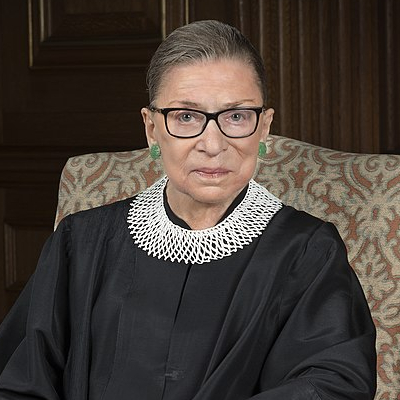Despite record-breaking numbers of women elected to public office in 2018 and increasing public attention around gender equality in Hollywood, women remain underrepresented in senior leadership roles across industries.
Barriers & Bias: The Status of Women in Leadership (2016)

Too Many Glass Ceilings Remain Unbroken
There is no shortage of qualified women to fill leadership roles: Women make up almost half of the U.S. labor force. They outnumber men in earning bachelor’s and master’s degrees and are nearly on par in getting medical and legal degrees. Yet from corporate boardrooms to Congress, from health-care companies to the courts, from non-profit organizations to universities, men are far more likely than women to rise to the highest paying and most prestigious leadership roles.
Despite decades of investment in women’s leadership programs, progress in advancing women has stalled. AAUW is committed to closing the gender leadership gap once and for all.
Where Are the Women?
Barriers to Women’s Leadership
The “qualities” of a leader — as well as the path to achieve leadership roles — are still largely based on an outdated male model that shuts women out.
Old Stereotypes
Because men have been leaders for so long, the traits associated with leadership are often thought of as masculine and not viewed as favorably when exhibited by women.
Fewer “connections”
Men still surpass women in having the networks to learn about opportunities and find mentors and sponsors to champion their advancement.
Bias and Discrimination
Sexual harassment, hostile work environments and subtle biases are still obstacles. Women of color face even further obstacles to their advancement and, as a result, are even less likely to move into leadership roles.
Lack of Flexibility
Balancing work and family can be a challenge that limits women from seeking leadership roles. Workplaces are still designed a decades-old notion of male and female domestic roles.
Seat at the Table
“Women belong in the all the places where decisions are being made.”


The Benefits of Gender-Inclusive Leadership
Just as the status quo is holding women back from leadership positions, it is holding men back from embracing care-taking and support roles. All genders benefit when individuals are free to make their own choices. Additionally, families are more secure when women move into higher-paying leadership roles, particularly families where the woman is the sole or primary breadwinner.
With more women in top jobs, businesses benefit from the creativity of a wider range of talented leaders — enabling them to recruit and retain a more talented workforce.
Closing the Leadership Gap
Individuals
- Examine your own biases — and be an ally, mentor and sponsor for women.
- If you’re a woman, seek out skill-building opportunities and leadership training. Learn to negotiate for salary and benefits with AAUW Work Smart.
Employers
- Prioritize an equitable workplace. Widen recruitment networks and candidate pools. Do blind resume screening.
- Support internal growth opportunities, continued professional development and skill training, and equitable retention and promotion policies.
- Promote workplace flexibility policies that will enable all employees to find an appropriate work/life balance.
Policymakers
- Support state pay equity laws and the federal Paycheck Fairness Act. Ban salary-history questions for job applicants and prohibit punishment for workers who share salary information.
- Pass state and local initiatives that promote parental leave and flex-time policies. Support the federal Family and Medical Insurance Leave (FAMILY) Act.
- Support continued EEOC salary collection and reporting requirements to root out pay disparity.
The Status of Women in Leadership
Women’s elevation to top leadership positions is still low. Why do men still vastly outnumber women in these positions? Watch our 2017 Barriers & Bias event moderated by the late esteemed journalist and author Cokie Roberts.
Related
NCCWSL


